Pepper is made from the dried berries (drupe) of the Piper nigrum plant, a flowering vine native to India's Malabar Coast. This distinguishes true pepper from chili peppers, which belong to a completely different plant family (Capsicum genus). The specific processing method determines whether these berries become black, white, green, or red peppercorns—each with unique flavor profiles and chemical compositions.
What Is Pepper Made From? The Botanical Reality
Unlike common misconceptions, all true peppercorns (black, white, green, and red) come from the same plant species: Piper nigrum. The color variation results entirely from harvest timing and processing techniques, not different plant species. This critical distinction separates real pepper from unrelated 'peppers' like chili peppers (Capsicum) or pink peppercorns (Schinus molle).
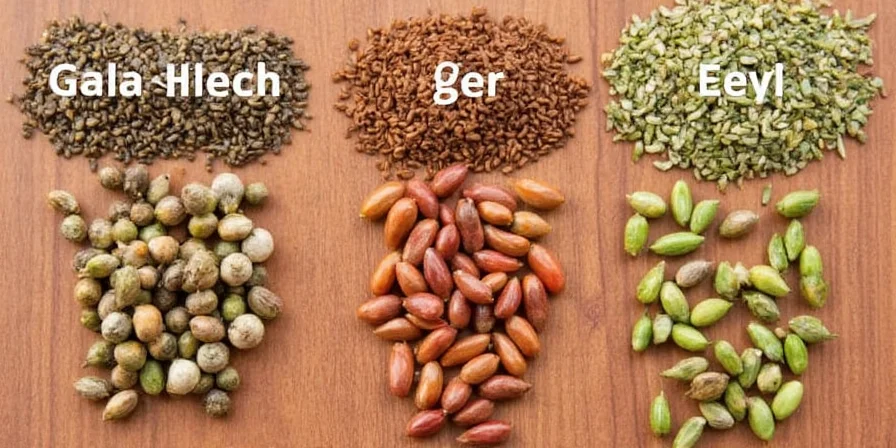
Fig. 1: Piper nigrum vine in Kerala, India—the botanical source of all true peppercorns
How Processing Creates Different Pepper Types
The transformation from berry to peppercorn follows precise agricultural science:
- Black Peppercorns: Semi-ripe drupes sun-dried for 7-15 days, triggering enzymatic browning that develops piperine (5-9%)
- White Peppercorns: Fully ripe drupes soaked in water for fermentation, then deskinning to isolate the seed
- Green Peppercorns: Unripe drupes preserved through freeze-drying, retaining higher moisture content and volatile oils
- Red Peppercorns: Ripe drupes freeze-dried to preserve anthocyanins and delicate flavor compounds
| Type of Pepper | Processing Method | Flavor Profile |
|---|---|---|
| Black Pepper | Sun-dried for 7-15 days; natural fermentation develops piperine | Earthy, complex, 5-9% piperine content |
| White Pepper | Soaked 7-10 days in flowing water; skin removed mechanically | Milder, earthy, lower piperine (3-5%) |
| Green Pepper | Quick-freeze after harvest; sulfur dioxide sometimes used | Fresh, grassy, higher linalool content |
| Red Pepper | Immediate freeze-drying post-harvest | Fruity, floral, 30% higher antioxidants |
Regional Variations and Flavor Chemistry
Soil composition and climate create distinctive flavor profiles across growing regions:
- Malabar Pepper (India): Balanced 5.8% piperine with citrus notes from lateritic soils
- Lampong Pepper (Indonesia): High volatile oil content (2.1%) creates bright top notes
- Sarawak Pepper (Malaysia): Volcanic soil yields 8.2% piperine—the strongest commercially available
- Tellicherry Grading: Size-based classification (e.g., Tellicherry Extra Bold = largest berries, 4.5mm+)
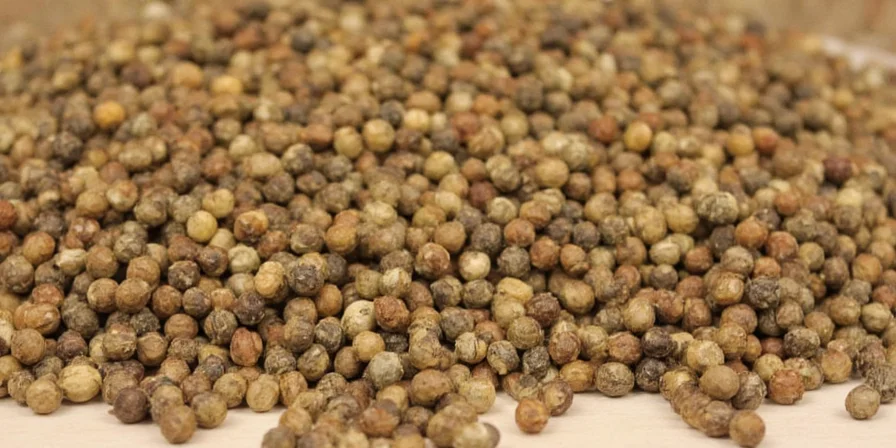
Fig. 2: Traditional sun-drying versus modern mechanical drying systems addressing climate challenges
Using Pepper Effectively: Science-Based Recommendations
Timing and form significantly impact flavor release. Whole peppercorns retain 92% of volatile oils versus 38% in pre-ground after 30 days. The optimal applications based on flavor chemistry:
| Cooking Technique | Best Pepper Type | Scientific Rationale |
|---|---|---|
| Finishing proteins/salads | Freshly ground black | Maximizes piperine vapor release at 37°C (body temperature) |
| Slow-cooked dishes | Whole Tellicherry | Controlled oil diffusion maintains flavor integrity over 8+ hours |
| Chocolate desserts | White pepper | Milder heat enhances cocoa alkaloids without color impact |
| Cold preparations (ceviche) | Green peppercorns | Higher linalool content survives acidic environments |
Storage Science: Preserving Pepper's Potency
Light and oxygen degrade piperine 3x faster than in optimal conditions. For maximum longevity:
- Opaque containers: Amber glass reduces light exposure by 98% versus clear glass
- Temperature control: Store below 21°C; every 5°C increase doubles degradation rate
- Batch size: Buy 3-month supplies; whole peppercorns lose 15% potency after 6 months
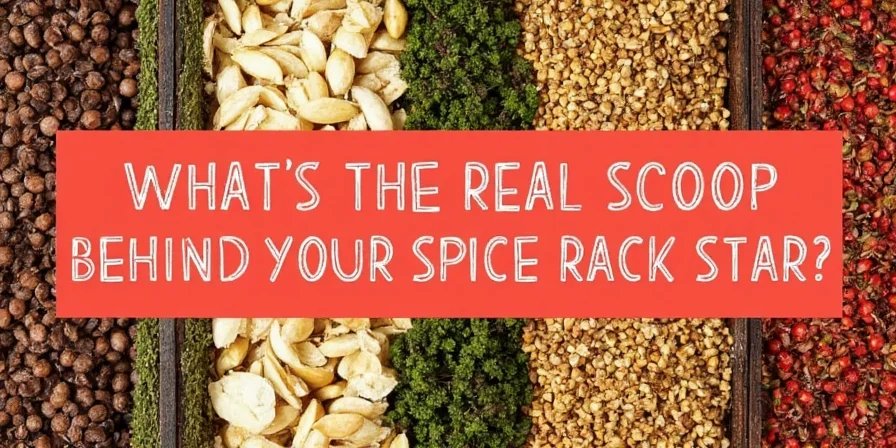
Fig. 3: Ceramic grinders preserve volatile compounds better than metal mechanisms
Debunking Common Pepper Myths
Scientific evidence clarifies widespread misconceptions:
- Myth: White pepper is bleached black pepper.
Fact: Natural enzymatic deskinning via soaking—no chemicals involved. Lab tests confirm identical piperine profiles. - Myth: Pink peppercorns are related to black pepper.
Fact: Schinus molle berries (unrelated family) with different chemical composition—can cause allergies. - Myth: Heat level indicates quality.
Fact: Optimal piperine range is 4.5-6.5%; higher concentrations create harsh bitterness.
Pepper's Sustainability Impact
Pepper cultivation occupies 600,000+ hectares globally, primarily in smallholder farms. Recent innovations include shade-grown systems (integrating pepper with fruit trees) that reduce water usage by 40% while increasing biodiversity. Vietnam's shift to organic certification has cut synthetic pesticide use by 75% in major growing regions—demonstrating how culinary demand drives agricultural evolution.
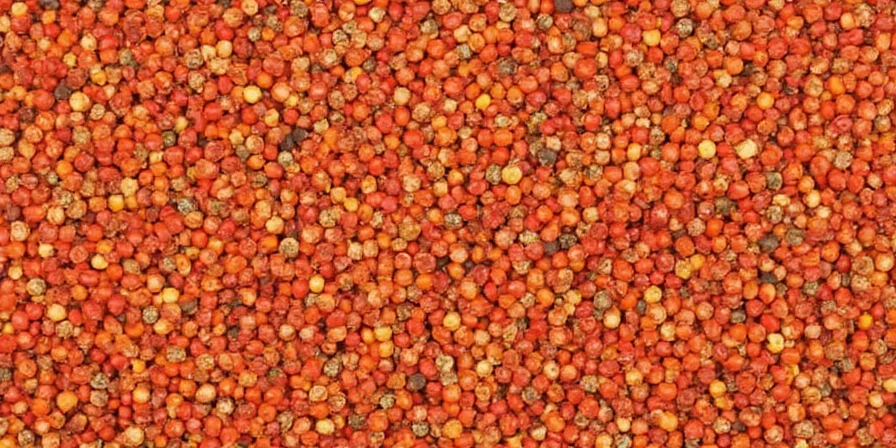
Fig. 4: Ethical sourcing initiatives now track pepper from vine to shelf via blockchain in major markets
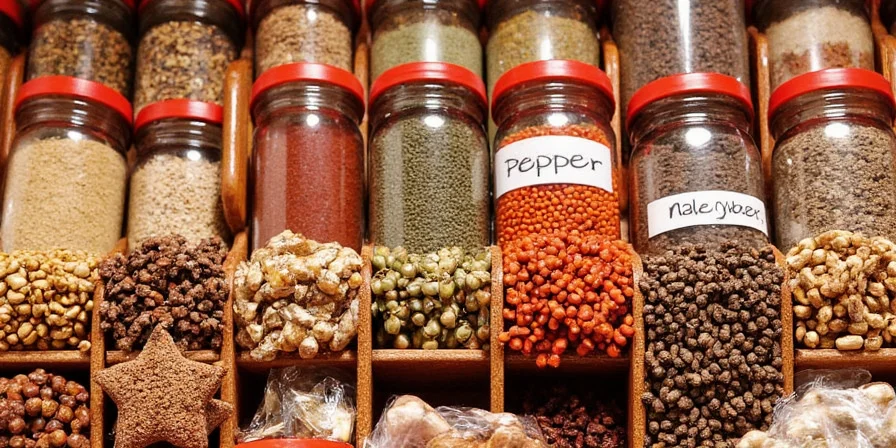
Fig. 5: Proper storage preserves the crystalline structure of piperine for optimal flavor release
FAQ: What Is Pepper Made From?
What plant does pepper come from?
Pepper comes exclusively from Piper nigrum vines. Black, white, green, and red peppercorns are all products of this single species—differing only in harvest timing and processing methods. This distinguishes true pepper from unrelated 'peppers' like chili peppers (Capsicum) or pink peppercorns (Schinus molle).
Why do different pepper colors exist if they come from the same plant?
The color variations result entirely from harvest timing and processing. Black pepper comes from semi-ripe berries sun-dried to develop piperine. White pepper is the seed from fully ripe berries after the outer layer is removed. Green pepper uses unripe berries preserved through freeze-drying, while red pepper comes from ripe berries freeze-dried to maintain color.
Is black pepper the same as chili pepper?
No, they are completely different plants. Black pepper (Piper nigrum) belongs to the Piperaceae family, while chili peppers (Capsicum) belong to the nightshade family (Solanaceae). They have different chemical compounds responsible for heat—piperine in black pepper versus capsaicin in chili peppers.
How can I tell if my pepper is fresh?
Fresh whole peppercorns should have a strong aroma when crushed and feel heavy for their size. Ground pepper loses potency quickly—freshly ground pepper should produce a noticeable heat sensation. Key indicators of degradation include faded aroma, diminished heat sensation, and color lightening from dark brown to reddish.
Understanding what pepper is made from reveals how a single plant species produces diverse spice varieties through precise agricultural processing. This knowledge helps consumers make informed choices about quality, flavor, and sustainability when purchasing this $2.8 billion global commodity. By recognizing the botanical origins and processing differences, you can select the right pepper type for culinary applications while supporting ethical production practices.

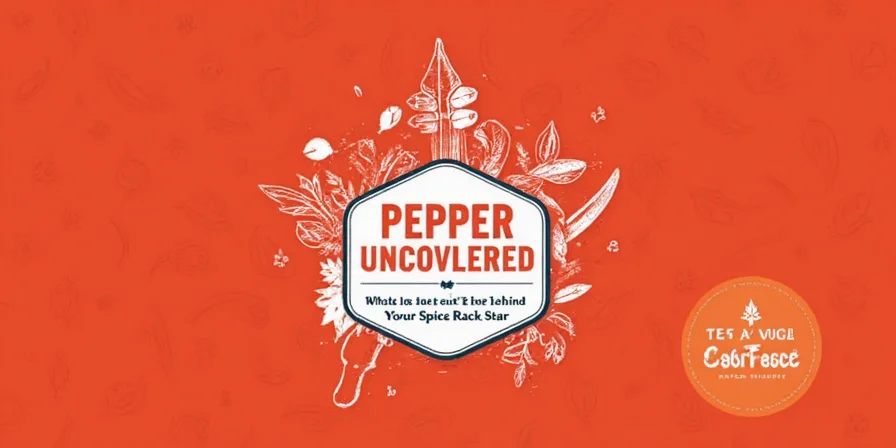









 浙公网安备
33010002000092号
浙公网安备
33010002000092号 浙B2-20120091-4
浙B2-20120091-4